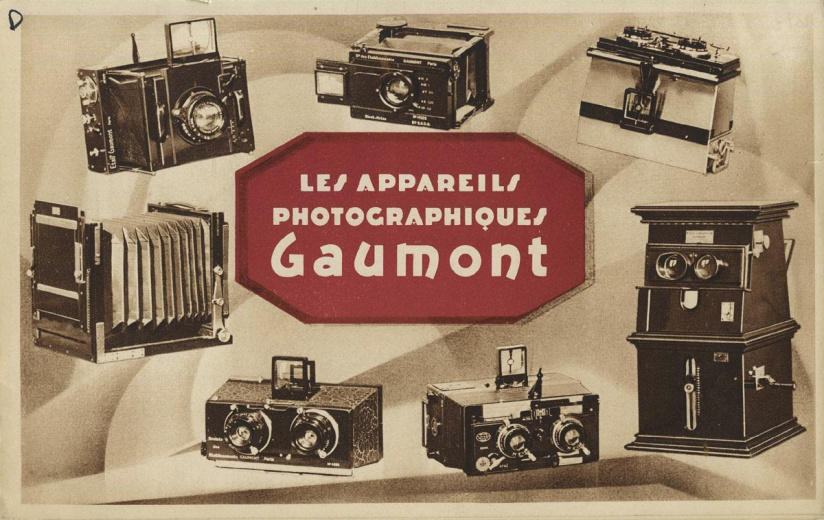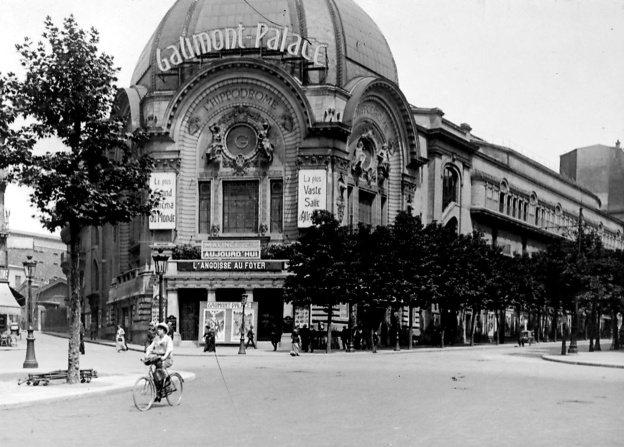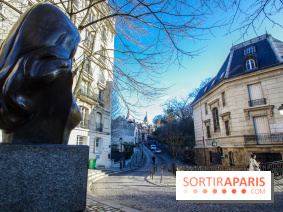On August 12, 1895, L. Gaumont et compagnie, now known as Gaumont, was founded, becoming the oldest film production company in history.
In July 1895, Léon Gaumont bought Comptoir général de photographie from the Richard brothers, a company then marketing optical and photographic equipment, and on August 12 of the same year, the articles of association of L. Gaumont et Cie were signed in Paris and Chamonix.
An admirer of the work of the Lumière brothers andEdison, Léon Gaumont was quick to place his bets on cinema, a brand-new art form at the time, and decided to start manufacturingprojection and filming equipment as early as 1900, followed by sound equipment, the chronophone, and colorization equipment, the chronochrome.
One of the company's main sponsors was Gustave Eiffel, and it soon came up with a brilliant new idea: to enhance the presentation of the cameras sold by the company with sketches filmed by Léon Gaumont's secretary, Alice Guy.
In her off-hours, at Léon Gaumont's request, the woman who was to become the world's first female director and producer shot 300 films and even 110 phonoscenes, films with sound. An innovation for the time and for the company, she tackled all cinematic genres, from comedy and detective films to westerns, science fiction and cart oons.
From 1910 onwards,Gaumont also produced the famous "Actualités Gaumont", which were shown in cinemas each week before the film. And what better way to screen films than in your own cinema? It was decided: in 1910, Léon Gaumont bought thePlace Clichy racecourse and transformed it into a gigantic 3,400-seat cinema, the "largest in the world": the Gaumont Palace!
Built by Gustave Eiffel for the1900 Paris Exposition Universelle , the Gaumont Palace hosted horse-riding and wildcat shows, soccer matches, roller-skating championships and even a naval battle from the end of the 19th century onwards.
After major refurbishment, the Gaumont Palace with its beautiful Art-Deco facade could accommodate up to 5,000 spectators in 1931, with a screen measuring 200m2. At the time, it was the biggest cinema in Europe! Unfortunately sold by Gaumont in 1972 due to heavy financial losses, the Gaumont Palace was finally demolished the following year.
Long supported by director Louis Feuillade, who became Gaumont's artistic director, and after signing a distribution agreement with the American company Metro Goldwyn Mayer, Léon Gaumont withdrew from the business in 1930, with theadvent of talking pictures.
Over the years, Gaumont has produced and distributed some of French cinema's biggest box-office successes, under various presidents, fromAlain Poiré to Daniel Toscan du Plantier toNicolas Seydoux today: Le Grand Bleu, Le Cinquième Elément, Les Visiteurs, La Folie des Grandeurs, La Boum, La Chèvre, Le Diner de Cons, and most recently, OSS 117.
Even today, Gaumont boasts the second-largest film catalog in France, with over 900 films, including those by Federico Fellini, Maurice Pialat and Jean-Luc Godard.
Location
The Jérôme Seydoux-Pathé Foundation
73 Avenue des Gobelins
75013 Paris 13
Access
Metro: Place d'Italie, Les Gobelins























